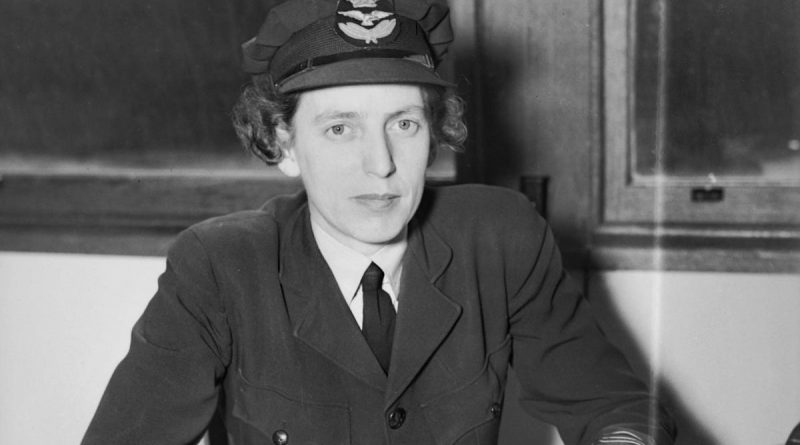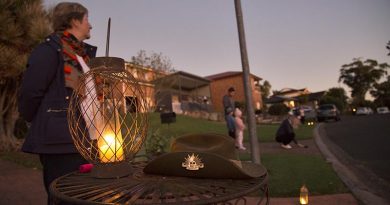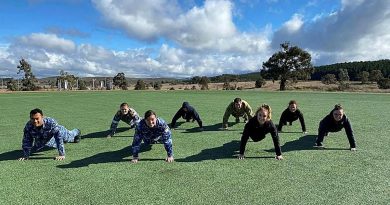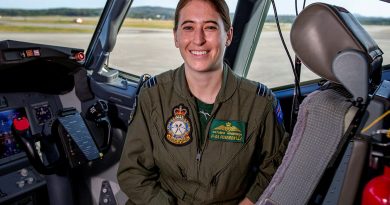Olympian achieved several firsts in life and in service
Share the post "Olympian achieved several firsts in life and in service"

While several Olympians have worn the uniform of Australia’s air force, Doris Carter’s story is particularly inspirational.
CAPTION: Squadron Officer Doris Carter, WAAAF, at her office desk at RAAF HQ, Victoria Barracks, in 1944. Story by Flying Officer Robert Hodgson. Photo: Australian War Memorial.
From an early age, Doris displayed an athletic ability that set her apart from her peers and she pursued a variety of sports throughout her school years before specialising in high jump.
She was selected to represent Australia at the 1936 Olympic Games in Berlin, and became the first Australian female track-and-field athlete to reach an Olympic final.
Despite carrying an injury into the final, pushed on to finish just outside the medal placings.
Sadly, the onset of World War II curtailed any further Olympic dreams she may have held – but, as one door closed, another opened.
In 1942, at the height of the war, Doris joined the Women’s Australian Auxiliary Air Force (WAAAF).
Three years later she was chosen to lead the WAAAF contingent in the Victory March in London.
Though she entered civilian life not long after the end of the war, this was not to last.
In 1951, she was called up to serve as the first director of the newly established Women’s Royal Australian Air Force (WRAAF) with the rank of wing officer.
Her outstanding leadership helped shape the WRAAF, which was recognised with the awarding of the Order of the British Empire.
But even in retirement, Doris Carter’s firsts kept coming.
In 1996, at age 84, she became the first woman to lead the Melbourne Anzac Day march, sharing the role with Air Commodore Keith Parsons.
Doris Carter, a tireless contributor to any cause she took on, passed away in 1999.
.
.

.
.
Share the post "Olympian achieved several firsts in life and in service"





